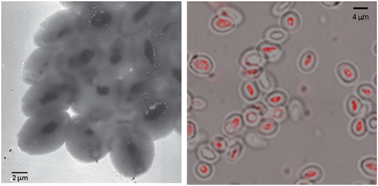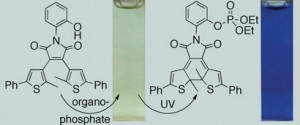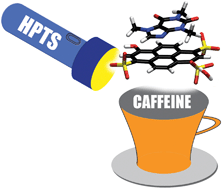Ionic liquid drugs can rapidly pass through the skin and may open the way to new, more effective medicines, say scientists in Australia. They could also be a solution to some of the most significant problems in the pharmaceutical industry, they say.
Ionic liquids (ILs) are amorphous compounds consisting of a cation-anion pair. One or both of the ions can be derived from pharmaceutically active compounds to create liquid forms of the drugs, which are more stable, soluble and bioavailable than the parent compounds. In some cases, the IL shows an enhanced pharmaceutical effect over the drugs from which it is derived. Also, being amorphous, ILs could be a solution to polymorphic interconversion, where one polymorph of a drug converts to another over time, which affects its properties.
The use of ILs has been limited because they don’t readily permeate skin and other biological membranes, thought to be because they are poorly soluble in lipids. Now, Jelena Stoimenovski and Douglas MacFarlane from Monash University have identified protic ionic liquids (PILs) – in which a pharmaceutically active acid is reacted with a biocompatible base to produce salts with dual activity – that can overcome this barrier.

Pharmaceutically active protic ionic liquids can permeate rapidly through model membranes as neutral hydrogen bonded clusters
Read the full Chemistry World article here
Link to Journal Article
Enhanced membrane transport of pharmaceutically active protic ionic liquids
Jelena Stoimenovski and Douglas R. MacFarlane
Chem. Commun., 2011, Advance Article, DOI: 10.1039/C1CC14314J
















 2011
2011